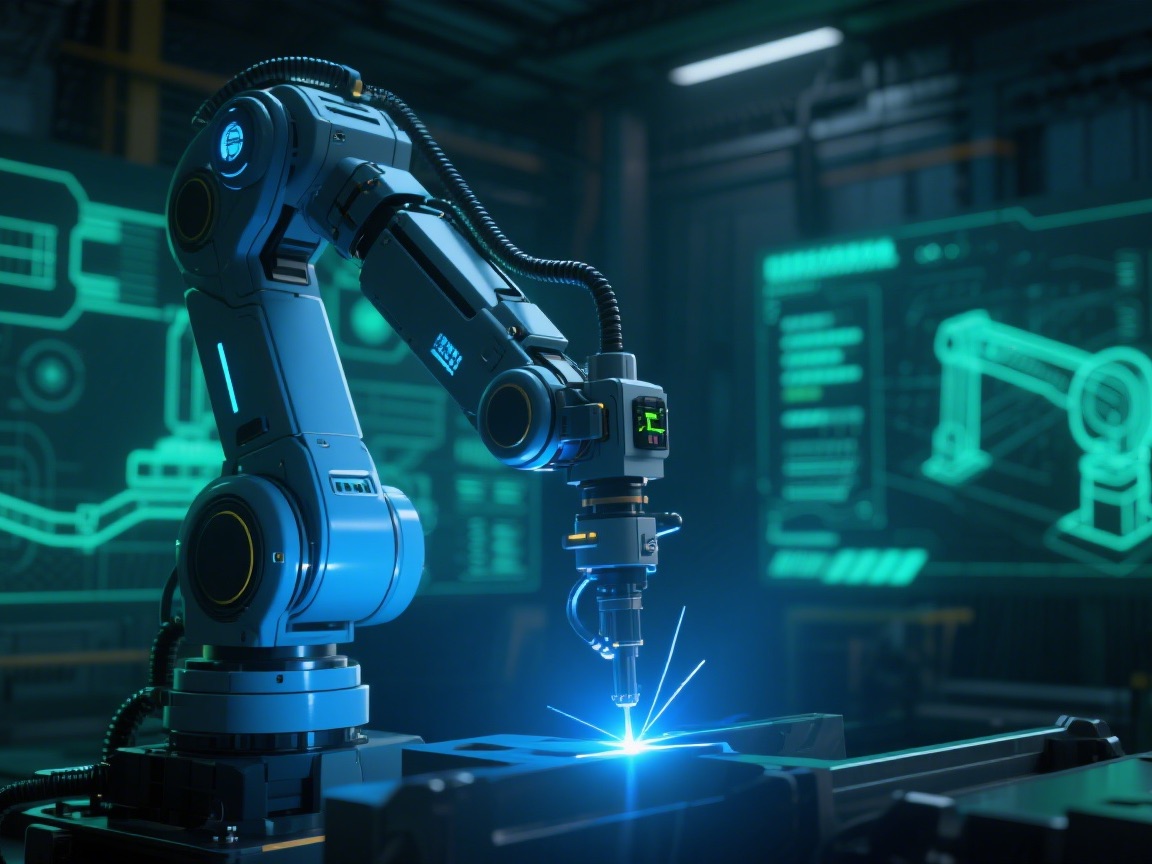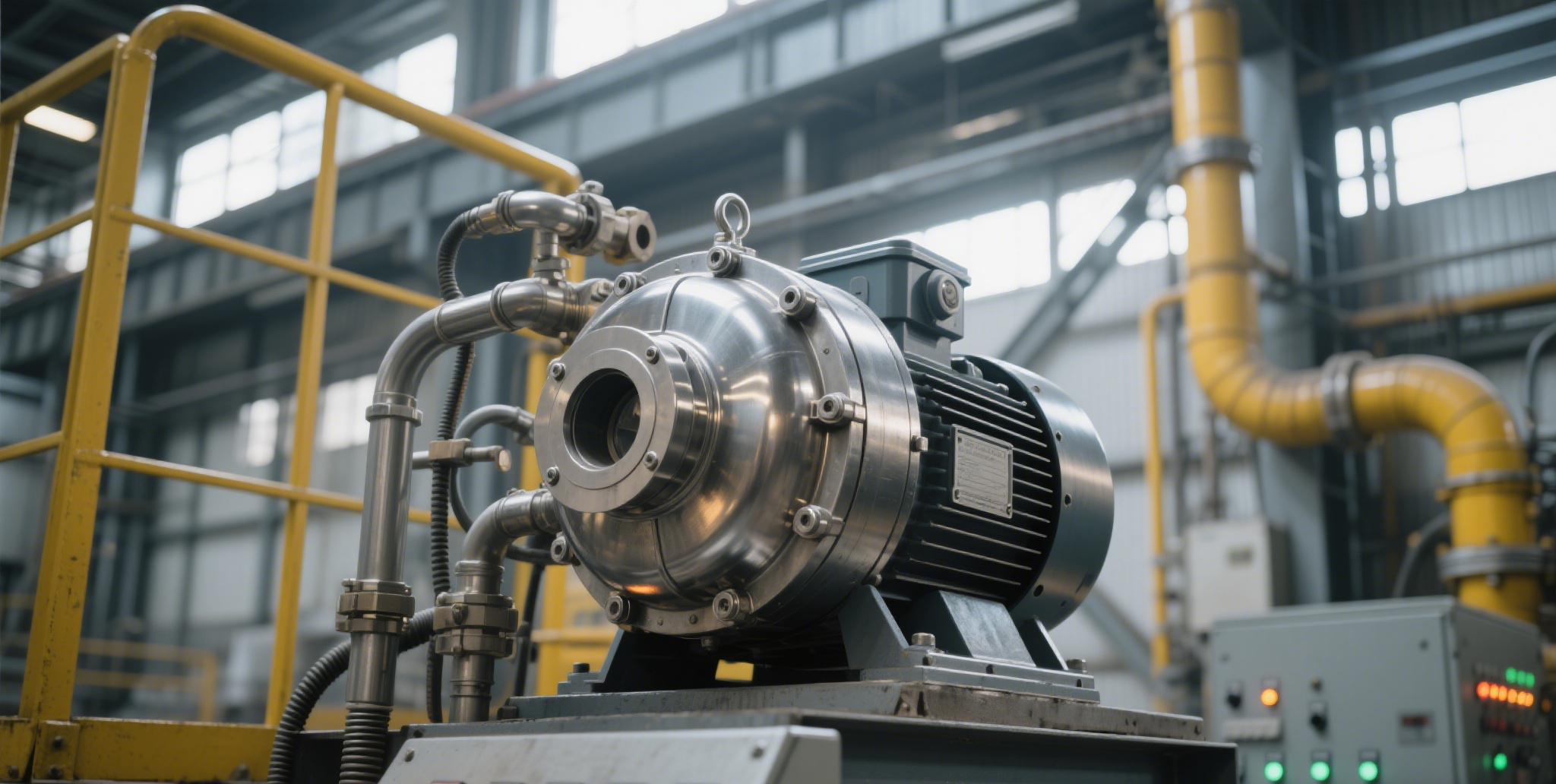 Industry News
Industry News Industrial Manufacturing: AI-Driven Upgrade of Smart Manufacturing
Industrial Manufacturing: AI-Driven Upgrade of Smart Manufacturing
2025-08-27
2025-05-13
2025-05-26
2025-06-03
2025-06-20
2025-11-20
 Current Affairs
Current AffairsSelecting the right laboratory vacuum pump is crucial for successful experiments and reliable equipment operation. This guide outlines key factors to consider when choosing a laboratory pump based on your needs and compatibility with lab setups.
Ⅰ、Basic Concepts of Vacuum Pumps
Vacuum pumps remove gas molecules from a chamber to achieve the desired vacuum level. The two main types used in labs are
1.Dry Vacuum Pumps(Oil-Free)
Operate without oils or fluids, reducing contamination risks.
Examples: Oil-free piston pumps, corrosion-resistant diaphragm pumps.
2.Non-Dry Vacuum Pumps(Require Fluids)
Use oils, water, or other fluids to reach higher vacuum levels.
Examples: Oil-sealed rotary vane pumps, water aspirators.
Ⅱ、Steps to Select a Laboratory Vacuum Pump
1. Determine the Pump’s Purpose
Different experiments require specific pump features
2. Check Compatibility with Lab Equipment
Ensure the pump suits connected devices
3. Assess Vacuum Level Requirements
4. Evaluate Maintenance Needs
Ⅲ、Conclusion
Choosing the optimal laboratory vacuum pump depends on your experiment’s goals, equipment compatibility, vacuum demands, and upkeep preferences. By balancing these factors, you can ensure efficiency, safety, and longevity in your lab operations.
